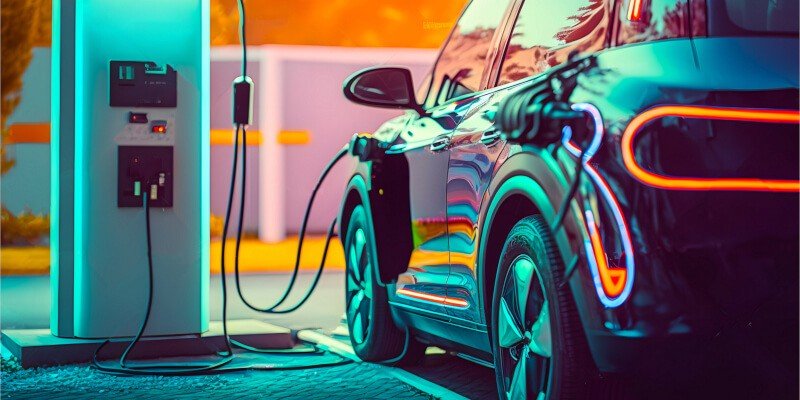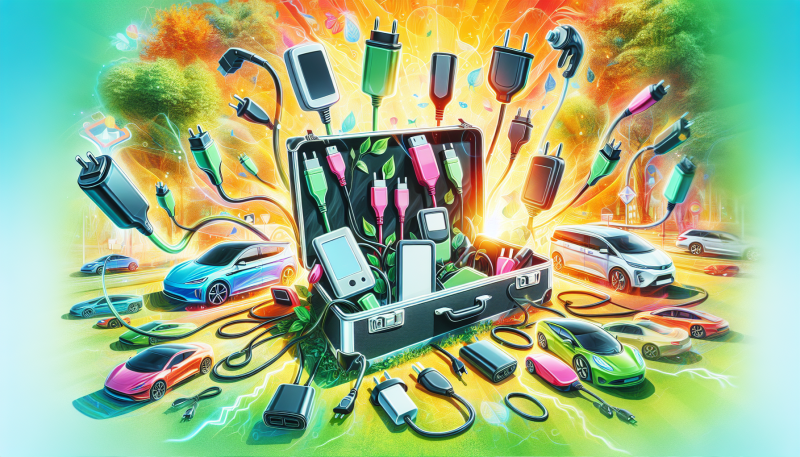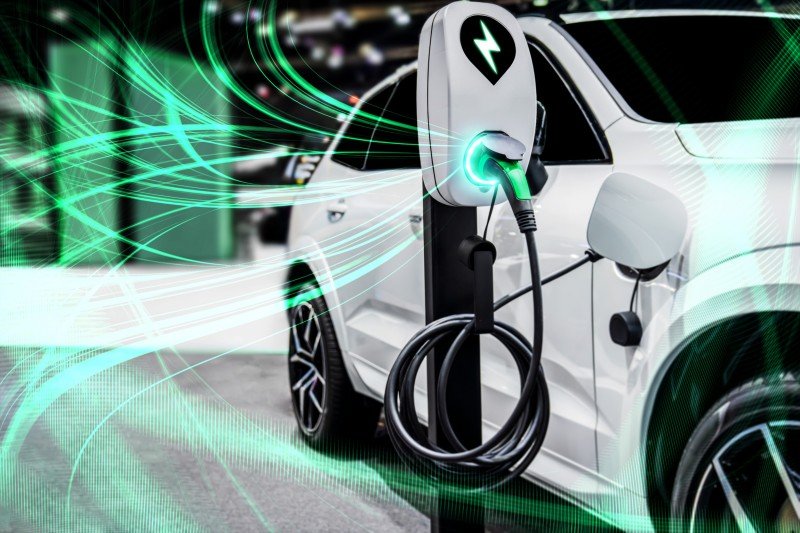If you have a long commute or frequently take road trips, you may want to consider investing in a level 2 charger, which can charge your EV faster than a standard outlet. Level 2 chargers are typically installed at home or in public charging stations and can provide anywhere from 10 to 60 miles of range per hour of charging, depending on the charger's power output.
For those on a budget or who primarily use their electric vehicle for short commutes, a level 1 charger may be sufficient. Level 1 chargers can be plugged into a standard 120-volt outlet and provide around 4 to 5 miles of range per hour of charging. While level 1 chargers are slower than level 2 chargers, they are more affordable and can be easily installed in any household.
Benefits of Owning an Electric Vehicle Charger
Electric vehicle (EV) chargers are becoming increasingly popular as more people make the switch to electric cars. There are a multitude of benefits to owning an EV charger, making it a worthwhile investment for any EV owner.
One of the biggest advantages of owning an EV charger is the convenience it provides. Instead of having to search for a public charging station and wait in line, you can simply plug in your car at home or at work and have it ready to go whenever you need it. This convenience can save you time and hassle, especially on busy days when you're rushing from one place to another.
In addition to convenience, owning an EV charger can also save you money in the long run. Charging your car at home is typically much cheaper than using a public charging station, and some utility companies even offer special rates for EV owners. Over time, these savings can add up and help offset the initial cost of purchasing and installing a charger.
Lastly, owning an EV charger can also help reduce your carbon footprint. By charging your car with electricity instead of gasoline, you're helping to decrease harmful emissions and contribute to a cleaner environment. This eco-friendly option is not only good for the planet, but it can also make you feel good about the positive impact you're having on the world.
Installing Your EV Charger at Home
So, you've made the decision to switch to an electric vehicle - congratulations! One of the first things you'll need to consider is installing a home charging station for your new EV. Luckily, setting up an EV charger at home is easier than you might think. In this guide, we'll walk you through the process step by step.
The first step in installing your EV charger is to choose the right location. Ideally, you'll want to install your charger in a convenient spot near where you park your car. This could be in your garage, carport, or even outside your home. Make sure the location has access to a power source and is easily accessible for your vehicle.
Next, you'll need to determine the type of charging station that's best for your needs. There are two main types of chargers: level 1 and level 2. Level 1 chargers are slower and typically use a standard 120-volt outlet, while level 2 chargers are faster and require a 240-volt outlet. Consider your driving habits and how quickly you need to charge your vehicle when choosing the right charger for you.
Once you've selected the location and type of charger, it's time to install the hardware. This typically involves mounting the charger on the wall and connecting it to your home's electrical system. Depending on the complexity of the installation, you may need to hire a professional electrician to ensure everything is done safely and correctly. Once your charger is installed, you'll be ready to unlock the full potential of your electric vehicle and enjoy the convenience of charging at home.
Maximizing Efficiency with Electric Vehicle Charging Stations
Electric vehicle charging stations play a crucial role in enabling drivers to easily power up their vehicles on the go. To maximize efficiency with these charging stations, it is important to consider a few key factors. First, location is key. Placing charging stations in high-traffic areas such as shopping centers, office buildings, and parking garages can encourage more drivers to utilize them, thus reducing range anxiety and increasing overall adoption of electric vehicles.
Furthermore, the speed of charging is another important factor to consider. Level 1 chargers are the slowest, typically providing up to 5 miles of range per hour of charging. Level 2 chargers are faster, providing up to 25 miles of range per hour, while DC fast chargers can provide up to 250 miles of range in just 30 minutes. By offering a variety of charging speeds, drivers can choose the option that best fits their needs, whether they are running a quick errand or planning a longer road trip.
In addition to location and charging speed, it is important to consider the overall user experience when designing and implementing electric vehicle charging stations. Providing clear signage, easy payment options, and convenient parking spaces can make charging a seamless and hassle-free experience for drivers. By focusing on these key factors, we can unlock the full potential of electric vehicle chargers and help drive the transition to a cleaner and more sustainable transportation system.



